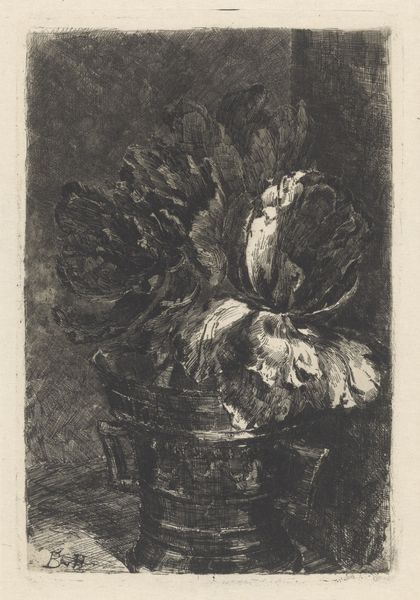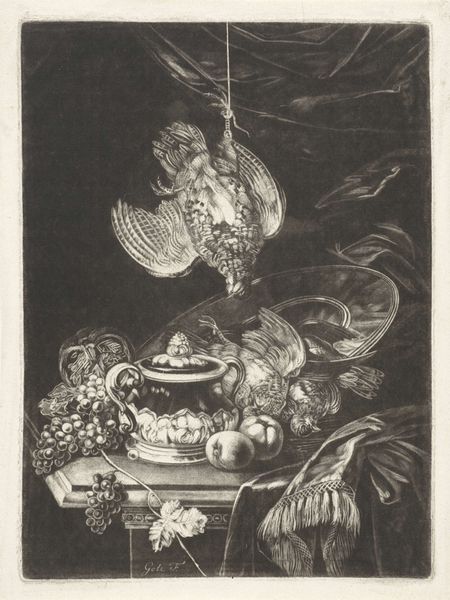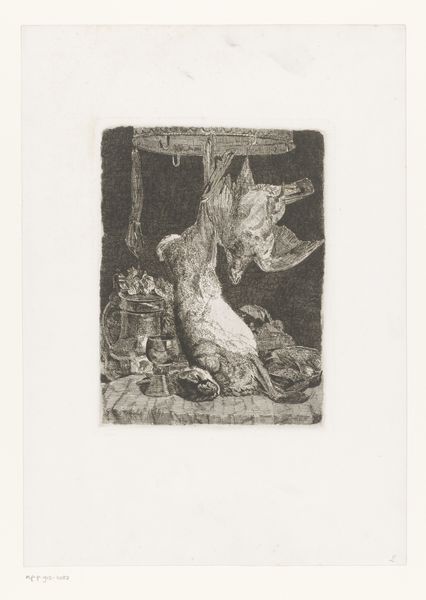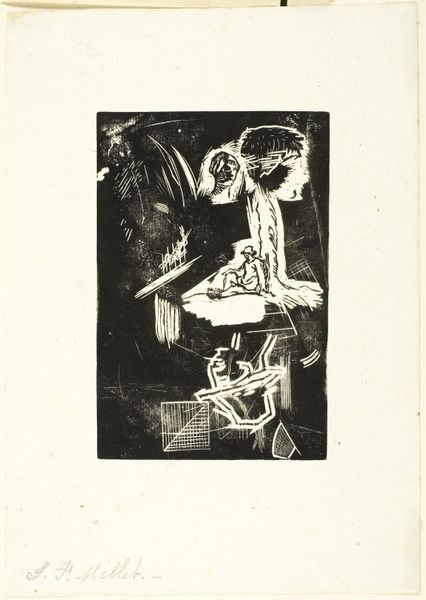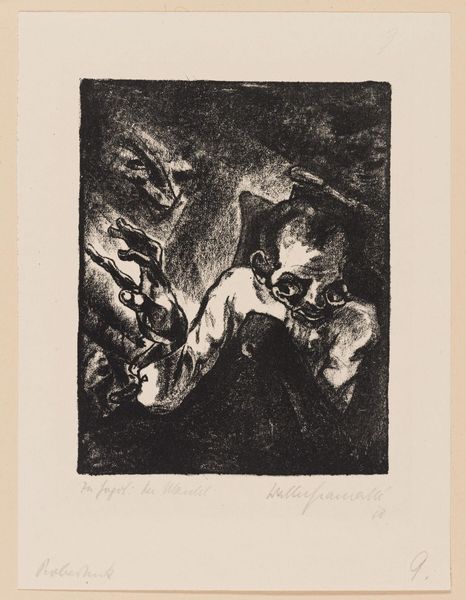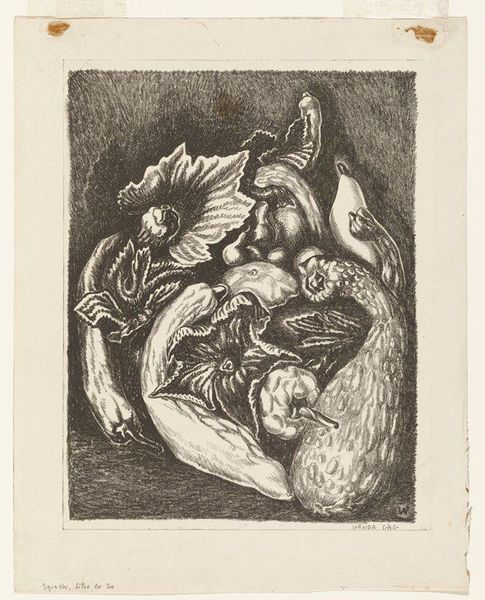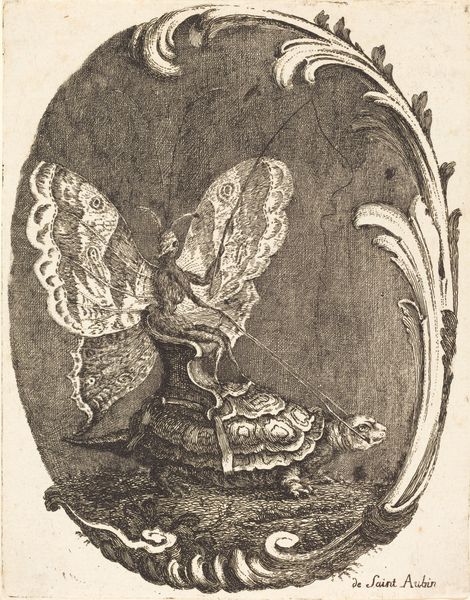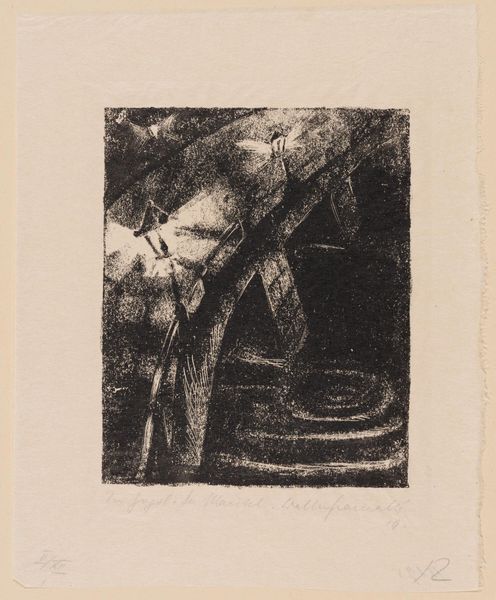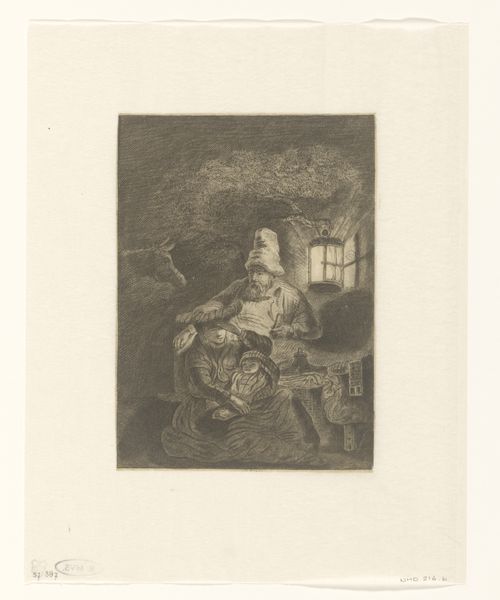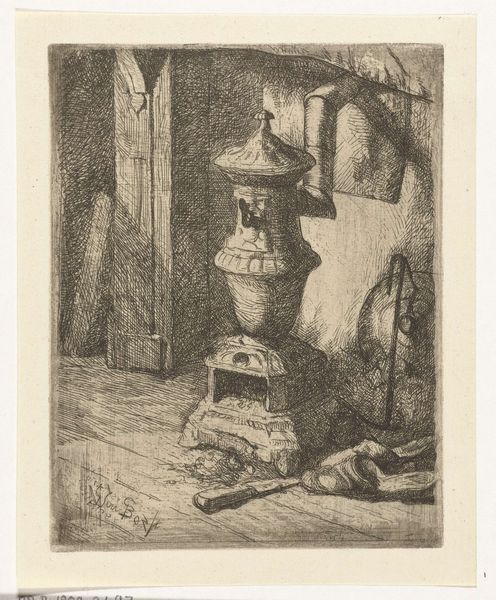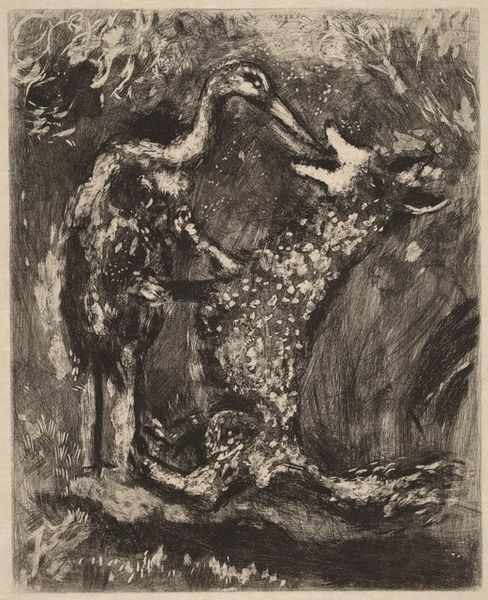
drawing, print, etching, ink
#
drawing
#
pen drawing
# print
#
pen illustration
#
pen sketch
#
etching
#
pencil sketch
#
old engraving style
#
personal sketchbook
#
ink
#
ink drawing experimentation
#
pen-ink sketch
#
sketchbook drawing
#
sketchbook art
#
realism
Dimensions: height 159 mm, width 119 mm
Copyright: Rijks Museum: Open Domain
Editor: Here we have Carel Lodewijk Dake's "Stilleven met kan, roemer en schaal met citroenen", placing it somewhere between 1867 and 1918. It's rendered as an etching. The high contrast gives it a dramatic flair, almost like a stage scene. What strikes you when you look at it? Curator: The textures, first and foremost. Notice how Dake renders metal and glass, but with etching—a process inherently linked to reproduction and, thus, access. What does it mean to depict luxury objects, things associated with a specific social stratum, through a readily available medium? Consider the consumption this piece invites. Editor: So, instead of focusing on the "high art" aspect, you're drawn to the printmaking process and its social implications? Curator: Precisely. The materials themselves—the copper plate, the ink, the paper—and the labour involved in their manipulation. Dake, through this still life, highlights not just the objects represented, but also the means of their representation. How might the availability of such prints affect the perception of luxury or wealth? Editor: That's interesting. It's like he's democratizing luxury by depicting it with commonplace methods. What about the lemons? Curator: They complicate the equation! Lemons were luxury items, signs of wealth in still life painting. Their presence signifies the social elite, set in stark contrast with the accessible means of depiction. A material tension. Editor: So the piece isn't just about beauty; it's about production and social class. Curator: It makes one think, doesn’t it? It bridges the gap between "high art" and common experience. Editor: It definitely shifts how I view still lifes, looking beyond the surface! Thanks for offering such an interesting viewpoint. Curator: My pleasure! Art challenges assumptions, and materials tell those tales.
Comments
No comments
Be the first to comment and join the conversation on the ultimate creative platform.
